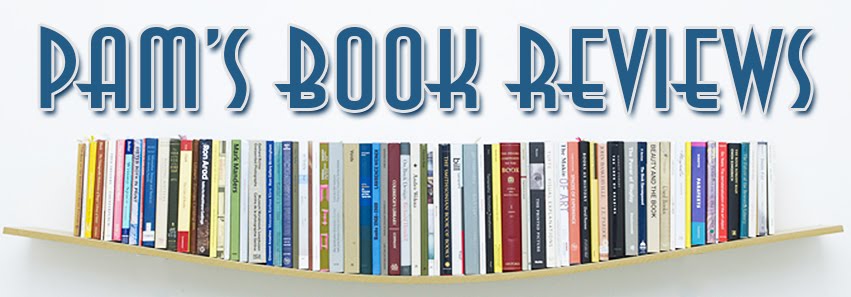My review rating 4.5*
Historical romance
is not my preferred genre, time travel is definitely not my preferred genre.
What is this book about? Time travel and a romance set in 1941.
I was offered this
book in return for an honest review. When I first became a reviewer I resolved
I would not be narrow in my acceptance of books based on those I would normally
choose from the book shelf. I have just
finished The Mine and I am so glad I accepted the review request.
The story briefly:
Two young men
finishing college are on a visit to Montana. They come across an old mine and
one of the men, Joel, leaves his friend outside while he goes into explore. He
is transported back 59 years to 1941.
With cash ahead of
its time and definitely unusable credit cards, he struggles to make his way to
Seattle where he is befriended by another young man, Tom, whose family owns a
department store. Tom’s father employs Joel in the shop and a new life begins.
The new life brings him romance but when the opportunity to return to 2000
arises he must decide if he will leave his new life and his beloved Grace or
stay and change the course of history for many.
I loved this book,
its story line, characters and thought provoking situations Joel finds himself
in.
He discovers that
his grandmother, Ginny, is the girlfriend of his new best friend. Does he warn them
of the future he knows is in store? One of her friends, Katie, is a Japanese
student. With the bombing of Pearl Harbour about to bring the United States
into the war does he tell Katie that she will spend years in and internment
camp?
And most of all,
does he leave the woman he loves or does he take her back to the future with
him? These are questions Joel muses over many times.
The story is
written sensitively with a touch of humour. I love the part where Tom asks Joel
to leave him and Ginny alone for a while and Joel thinks to himself “You want to make out with my grandmother!”
The characters are not
only likeable and believable but I felt I really got to know them. John Heldt
avoids long winded descriptions to set his scene using fashion, historical
accuracy, architecture and motor vehicles to paint his pictures.
The story’s ending
is not at all what I expected but it is a wonderful ending to an excellent
story. I will certainly be looking for further books by John Heldt.


